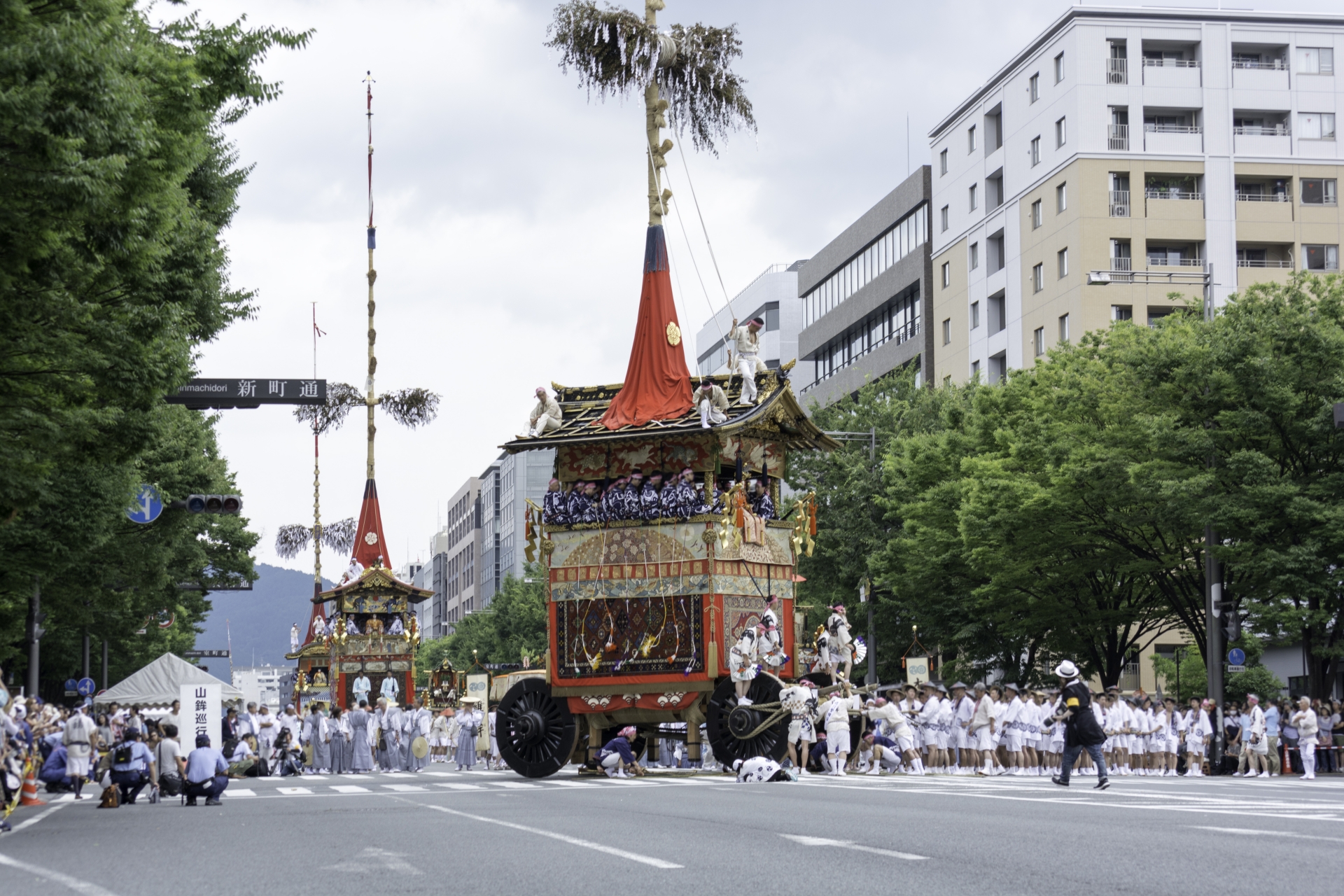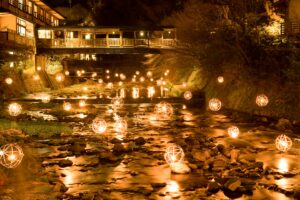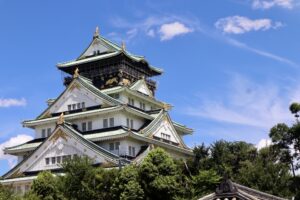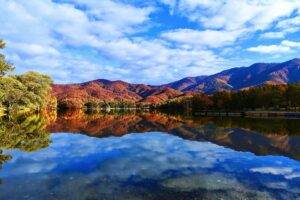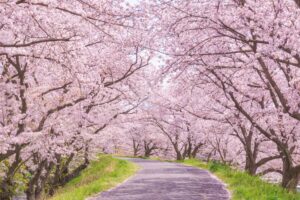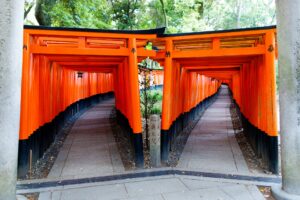The Gion Festival, Kyoto’s most celebrated event, offers a unique glimpse into centuries-old traditions through spectacular parades, elaborate floats, and vibrant street celebrations. Whether you’re a first-time visitor or a seasoned traveler, this guide covers everything you need to experience the festival like a local — from key highlights to insider tips on where to eat, stay, and explore.
What is the Gion Festival?
The Gion Festival, or “Gion Matsuri,” stands as one of Japan’s oldest and most celebrated traditions, originating in the 9th century during a time of devastating plagues. It was initiated as a purification ritual to appease the gods and is deeply tied to Kyoto’s Yasaka Shrine. Over more than a millennium, the festival has evolved into a month-long celebration of Kyoto’s cultural heritage and community spirit.
The festival is renowned not only for its stunning displays of traditional floats and vibrant street processions but also for its deep-rooted symbolism. Key elements like purification rites, community-organized float construction, and Shinto ceremonies reflect its enduring religious and social significance. Today, it serves as a bridge between Kyoto’s historical legacy and its vibrant present, offering visitors an authentic glimpse into Japanese tradition.
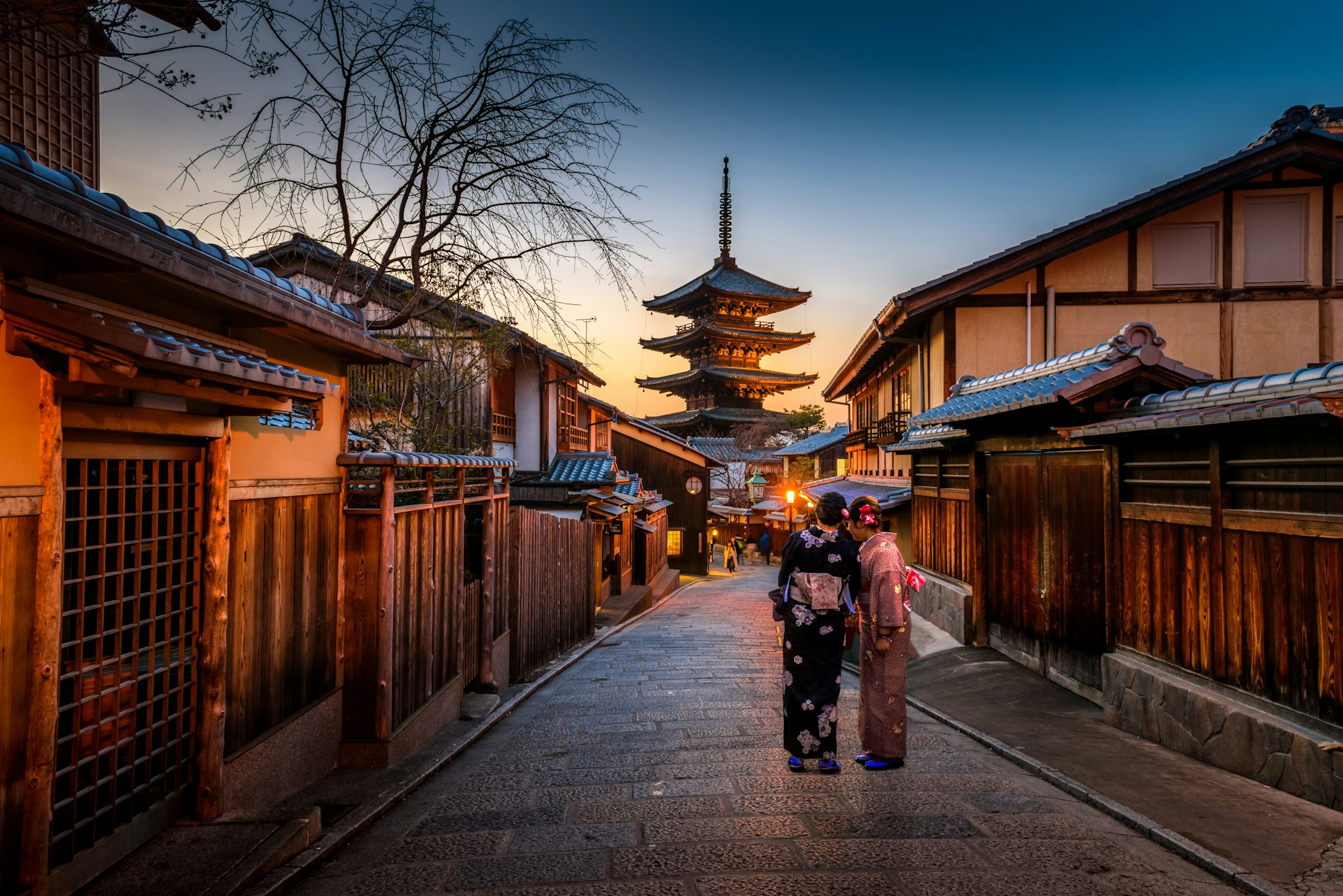

Gion Festival 2025 Schedule and Key Events

The Gion Festival 2025 promises to be as exhilarating as ever, spanning the entire month of July. Major highlights include the “Yoiyama” evenings, held from July 14 to 16, where visitors can wander Kyoto’s lantern-lit streets, admiring the grand floats up close.
The two main “Yamaboko Junko” (float processions) are scheduled for July 17 and July 24. The first procession features larger, more elaborate floats known as “hoko,” while the second, more intimate parade showcases the “yama” floats.
Additionally, the festival concludes with “Shinkosai” (July 17) and “Kankosai” (July 24) ceremonies at Yasaka Shrine. If you’re planning your visit, weekdays during early Yoiyama or post-parade evenings tend to be less crowded, providing a more comfortable experience.
Must-See Highlights of the Gion Festival
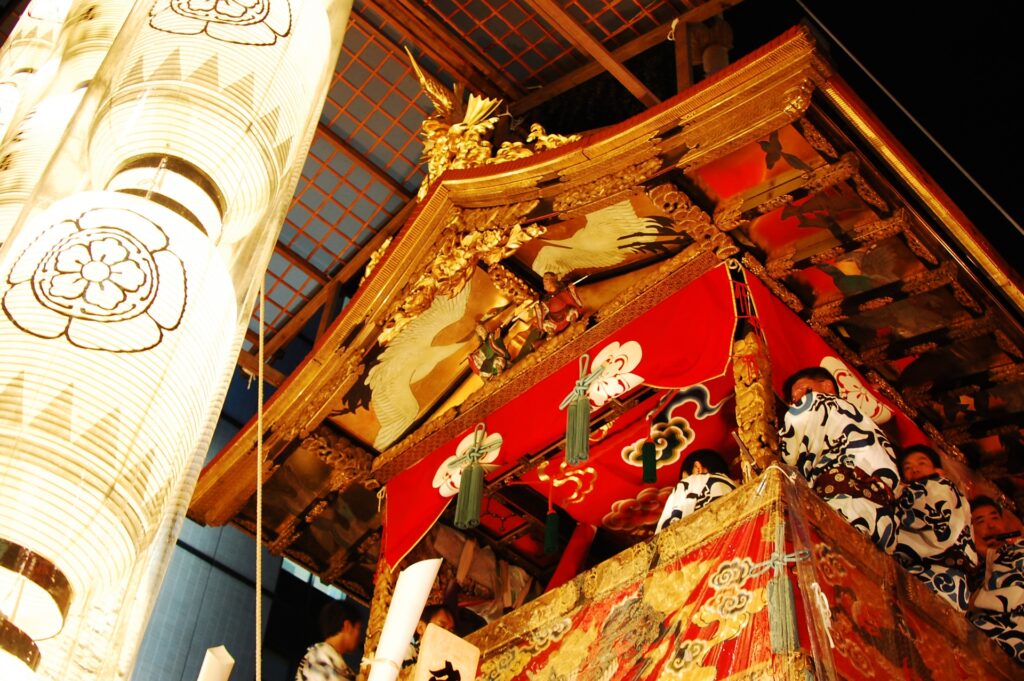
The Gion Festival’s centerpiece is undoubtedly the Yamaboko floats. Towering up to 25 meters (82 feet) high and weighing around 12 tons, these massive floats are meticulously decorated with centuries-old tapestries, gold leaf, and intricate woodwork. Each float represents a unique historical or mythological theme, and neighborhoods take immense pride in their creation and preservation.
Beyond the parades, the “Byobu Matsuri” is a hidden gem. Traditional Kyoto townhouses open their doors to display priceless family heirlooms and art collections. Visitors can enjoy a rare glimpse into Kyoto’s private cultural heritage during this intimate event.
Equally captivating are the shrine rituals, which include Shinto ceremonies that bless the floats and participants, reinforcing the festival’s spiritual origins.
Insider Tips for Enjoying the Gion Festival
To make the most of your Gion Festival experience, arriving early in the evening during the Yoiyama nights is key. Streets like Shijo-dori and Karasuma-dori offer excellent float viewing opportunities. For the Yamaboko Procession, stake out a spot along Shijo Street near Kawaramachi Crossing—the heart of the action.
Public transportation is highly recommended, as streets will be closed to vehicles. Kyoto’s subway system, particularly the Karasuma and Tozai lines, offers easy access.
When it comes to attire, while casual clothing is acceptable, donning a yukata (summer kimono) adds a festive flair and helps you blend into the celebratory atmosphere. Remember basic cultural etiquette: avoid blocking pathways, don’t touch the floats, and be mindful when photographing private homes during Byobu Matsuri.
| Best Viewing Locations | Recommended Time |
| Shijo-Karasuma Intersection | 9:00 AM (Yamaboko Procession) |
| Kawaramachi Street | After 6:00 PM (Yoiyama Evenings) |
| Shinmachi Street | Late Evening (for crowd-free float views) |
Street Food and Souvenirs at Gion Festival
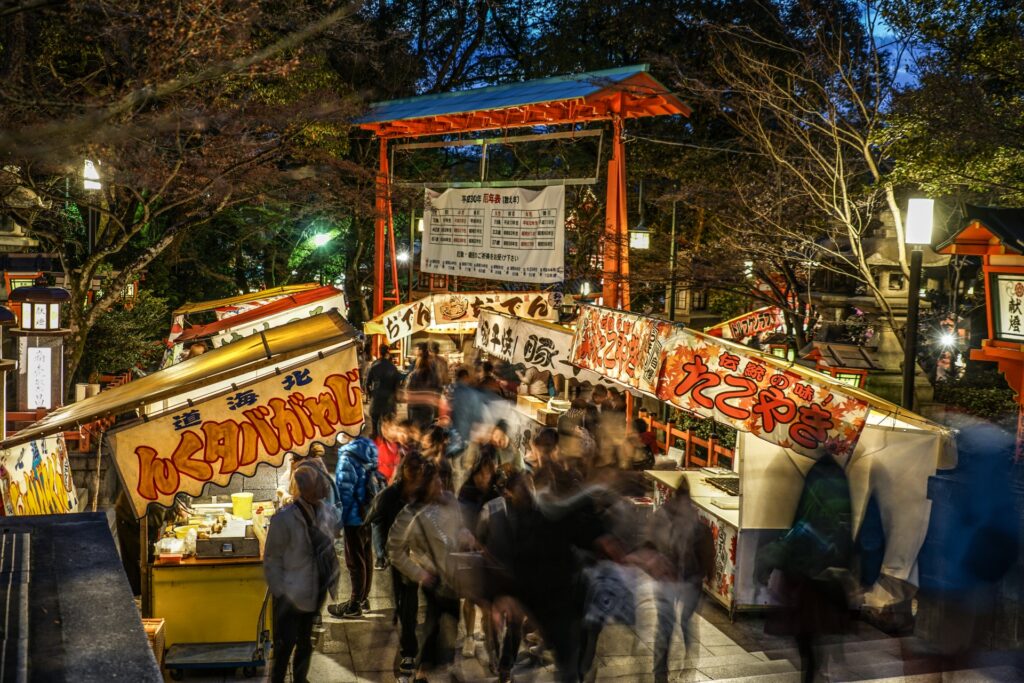
No visit to Gion Festival is complete without indulging in Kyoto’s vibrant street food scene. Wander through the festive alleys to savor classics like “takoyaki” (octopus balls), “yakisoba” (fried noodles), and “kakigori” (shaved ice).
Unique to Kyoto, look for “yatsuhashi” (sweet cinnamon rice crackers) and “Kyo-yasai” (Kyoto heirloom vegetable dishes) being creatively incorporated into festival treats. These local flavors offer a true taste of the region’s culinary tradition.
As for souvenirs, don’t miss the beautifully designed uchiwa (flat fans) featuring Gion Matsuri motifs, protective charms (omamori) from Yasaka Shrine, and handcrafted “kyo-komono” accessories. These keepsakes make perfect mementos of your summer adventure.
Top 5 Gion Festival Foods:
- Takoyaki
- Yakisoba
- Kakigori
- Yatsuhashi
- Grilled Squid Skewers
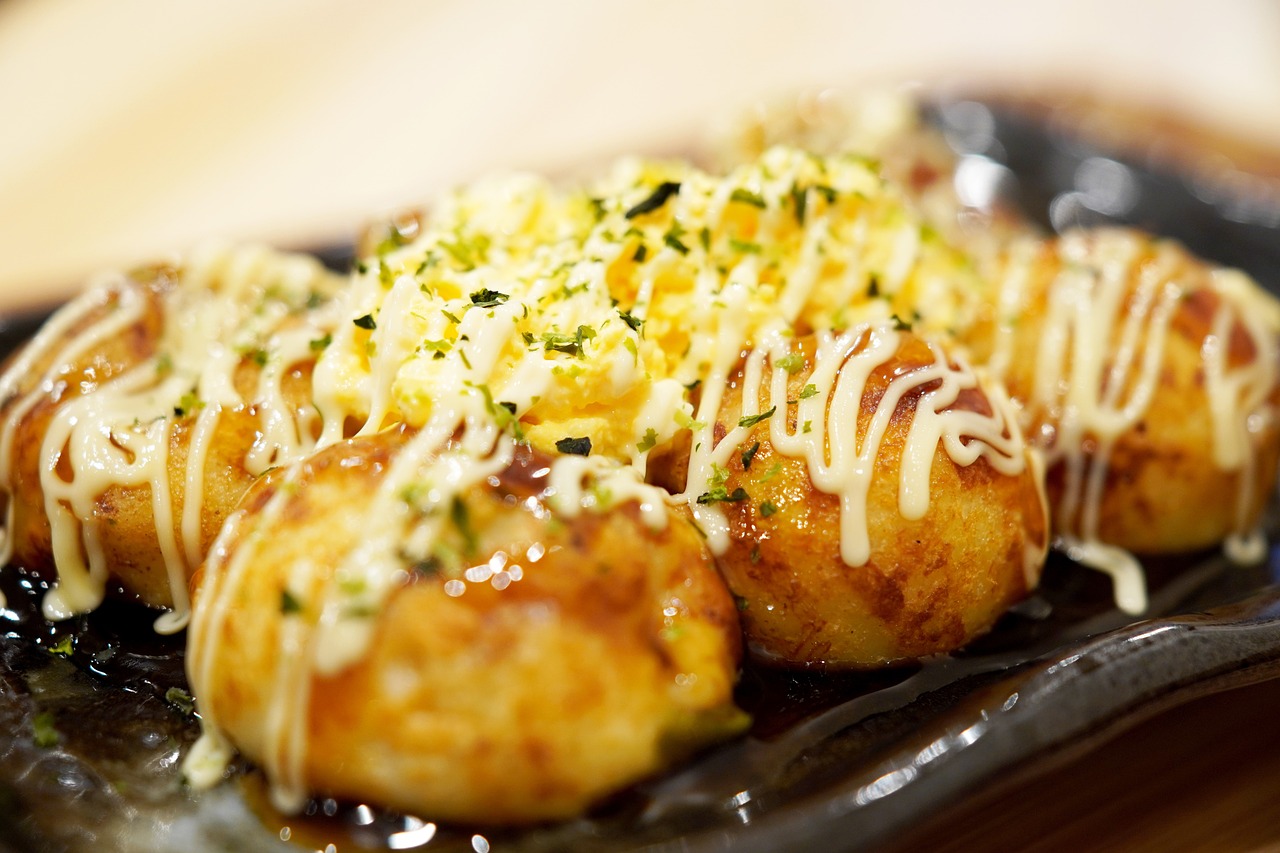
Unique Ways to Experience Gion Festival Like a Local
For an authentic experience, consider volunteering with local communities to assist with float preparations or event logistics—a rare chance to bond with Kyoto locals.
Before the peak festival days, many neighborhoods hold low-key gatherings where you can see floats being assembled and enjoy informal celebrations away from tourist crowds. Check local community centers or Yasaka Shrine’s announcements for opportunities.
Another delightful tradition is renting a yukata and participating in the Yoiyama nights. Many rental shops offer packages including dressing assistance and accessories, allowing you to fully immerse yourself in the festive atmosphere under Kyoto’s summer skies.
Planning Your Visit: Where to Stay and How to Get Around
For the ultimate convenience, staying in the Gion or Kawaramachi areas places you within walking distance of major events. Top-rated hotels like The Celestine Kyoto Gion or Kyoto Hotel Okura offer luxurious comfort. Budget travelers can opt for stylish hostels like Piece Hostel Sanjo.
Kyoto’s public transportation—especially the Karasuma subway line and city buses—will be your best friend. If you prefer a more flexible approach, renting a bicycle can be a charming way to explore the festival atmosphere at your own pace.
![Simple Map: Gion Festival Area and Hotels Nearby]
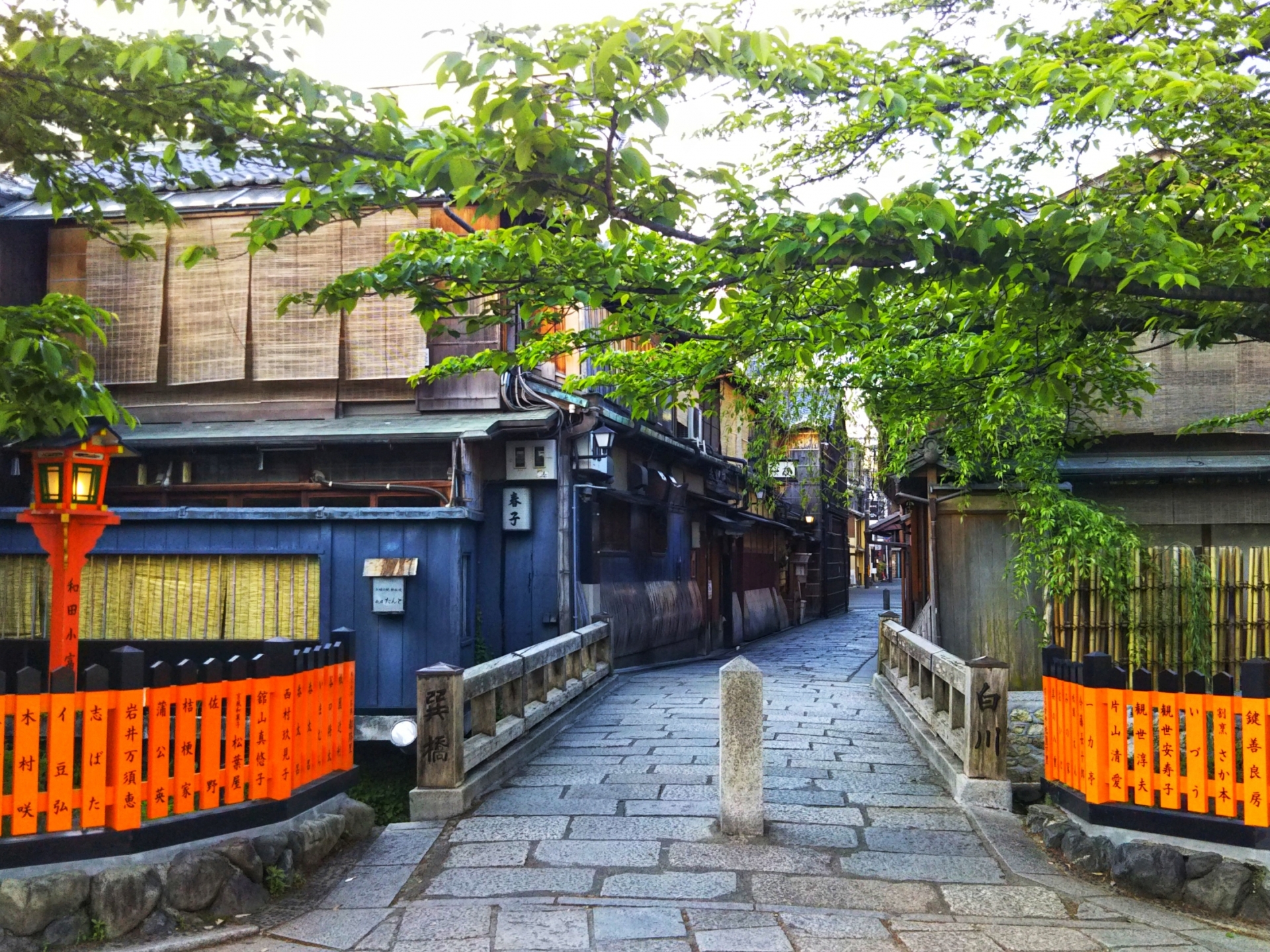
Conclusion: Embrace the Magic of Kyoto’s Gion Festival
Kyoto’s Gion Festival is more than just an event; it’s a living tradition that captures the essence of Japanese culture. From the towering, intricate floats to the spirit of community and historical reverence, every moment offers a chance to step back in time while embracing the lively present.
Whether you marvel at the grand parades, savor delicious street food, or join the locals in their celebrations, the Gion Festival promises memories that will last a lifetime. Plan early, open your heart to Kyoto’s rich traditions, and step into a timeless summer festival unlike any other.
Experience the spirit of Japan this summer—join Kyoto’s Gion Festival and make your adventure unforgettable.

